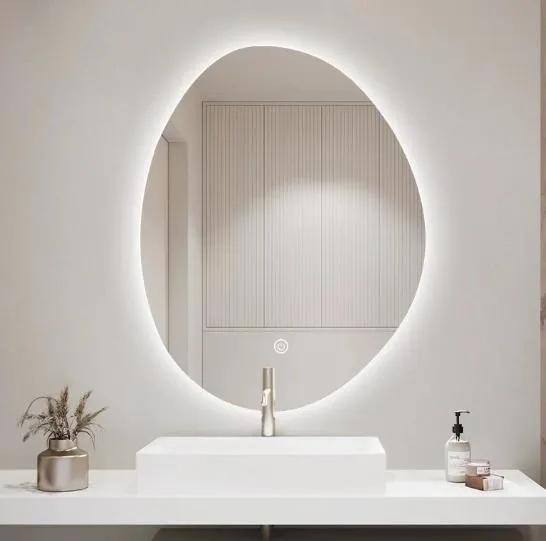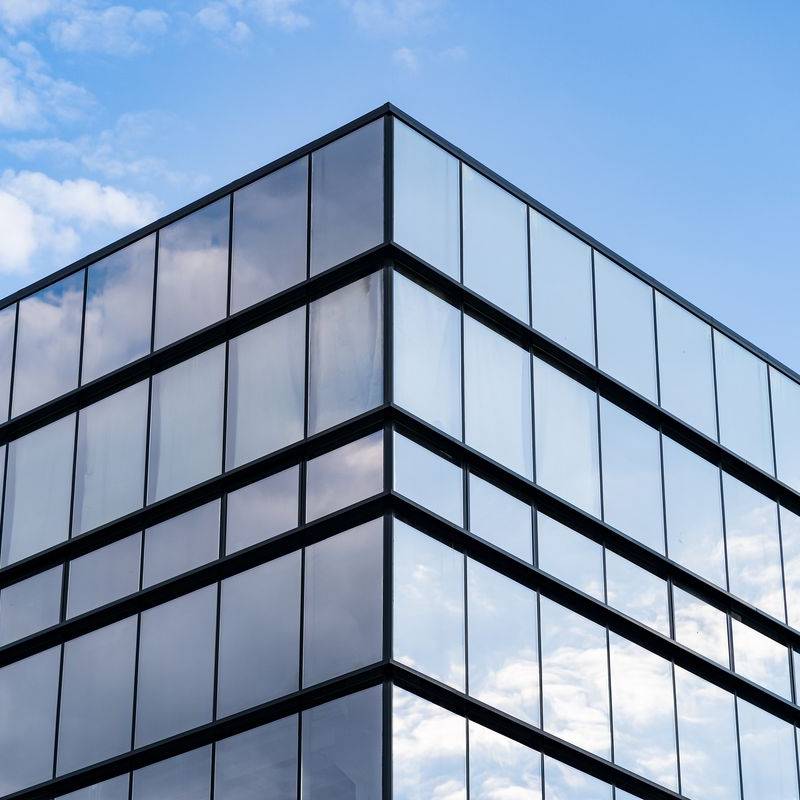Reflective brown glass has swiftly become a pivotal player in the architectural and interior design sectors, heralded for its aesthetic allure and functional superiority. As we delve deeper into the features and benefits of this versatile material, it’s reflective quality, UV protection, and energy efficiency quickly emerge as primary points of interest for designers and homeowners alike.

At first glance, the rich, deep hue of reflective brown glass captivates the viewer. It offers an understated elegance that seamlessly integrates with both modern and traditional architectural styles. The brown tint isn't merely a choice for the aesthetically inclined—it performs a critical role in controlling light and heat. By reducing glare while allowing sufficient natural light to penetrate interiors, reflective brown glass transforms spaces into havens of comfort, interacting symbiotically with the sun’s rays. This interplay not only curtails the need for artificial lighting but significantly enhances the mood and functionality of any room.
Professional architects laud the energy efficiency that reflective brown glass brings to building projects. With the global inclination towards sustainable living and eco-friendly practices, this glass variant has swiftly moved to the forefront of green architecture solutions.
Its ability to reflect a substantial amount of solar heat makes it an ideal choice for structures in warmer climates. By minimizing interior heat gain, reflective brown glass markedly reduces the reliance on air conditioning systems, thereby cutting energy costs and diminishing carbon footprints. The integration of such sustainable materials speaks volumes about a building's design philosophy, showcasing a commitment to environmental responsibility without compromising style.

Moreover, the protective benefits of reflective brown glass cannot be overstated. It acts as a robust barrier against harmful UV rays, preserving the integrity of interior spaces. Upholstery, artwork, and flooring are shielded from the discoloration and damage typically caused by prolonged sun exposure, ensuring that these elements maintain their allure over time. This protective quality not only extends the lifespan of interior investments but also adds layers of credibility to the material's long-term value proposition.
reflective brown glass
From an expertise standpoint, reflective brown glass is engineered using state-of-the-art technology. The manufacturing process typically involves the application of microscopic metal or metallic oxide layers, meticulously bonded to the glass surface. This specialized coating is responsible for the glass’s distinct reflective properties and its superior performance metrics. Experts in the field recognize the precision involved in crafting these layers, understanding that even marginal deviations can alter the reflective and thermal characteristics dramatically.
As a testament to its authoritativeness within the industry, reflective brown glass is often recommended by leading architects and designers who prioritize both functionality and aesthetics. Its integration into their projects underscores their trust in its performance and reliability. Furthermore, regulatory bodies have consistently highlighted its efficacy in meeting building standards for energy efficiency, reinforcing its position as a trusted component in modern construction.
In conclusion, reflective brown glass stands as a paragon of design innovation and environmental stewardship. Its amalgamation of modern technology, aesthetic appeal, and functional benefits makes it an indispensable material for contemporary architecture. As we continue to explore ways to harmonize our built environment with the natural world, materials like reflective brown glass will undoubtedly lead the charge, offering style, safety, and sustainability in equal measure. Stakeholders seeking to create spaces that are as environmentally conscious as they are visually striking will find reflective brown glass an unmatched ally in their architectural endeavors.



